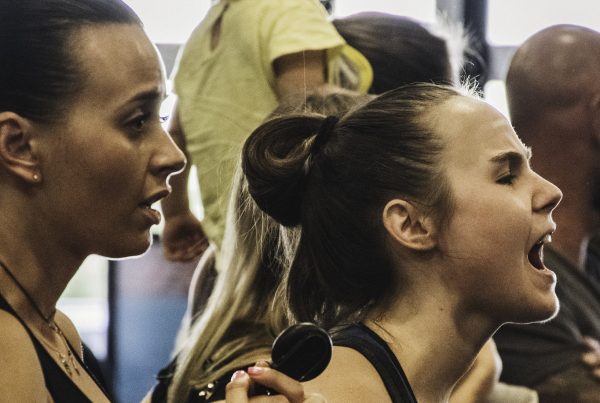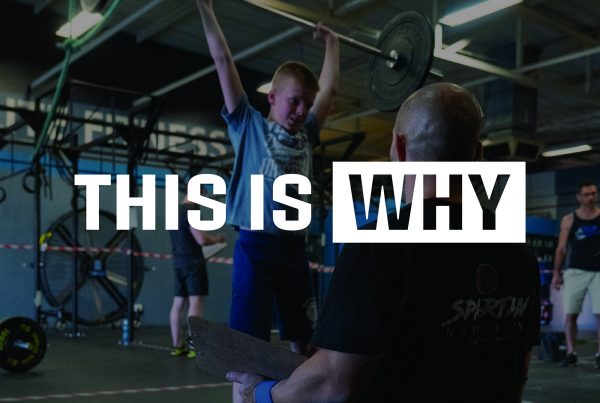What is the most common response to “I need to lose weight”? “I need to eat less,” of course. So, using people who frequently train at high intensities as an example, let’s look at what happens when you eat less in an effort to shed weight.
The first thing that happens is naturally consuming less energy than the body needs. This is often achieved by guesstimating how many calories you expend on average, and calculating how many calories you need to consume to stay in a calorie deficit (burn more than you consume). More often than not, however, people stick a wet thumb in the air to feel which way the wind is blowing to find out which and how much food needs to be cut in order to lose weight – crash dieting.
You continue trying to train regularly, even though you’re barely making it through workouts thanks to your lack of food intake. But you’re burning more calories and eating less so it’s all good, right?
Fortunately (or unfortunately, depending on how you look at it), the human body recognises the innate lack of common sense in the human mind and does what is necessary to keep itself safe. Safety for the human body is simply survival. When you’re constantly expending more energy (through movement) than you are consuming the body retards fuel depletion and alters the substrates it uses for fuel.
Retarded Fuel Depletion
Movement is one way energy is depleted in the body. This is of course where, if you’re training, most energy depletion comes from. However, you are expending energy even at rest. The entire body needs a constant supply of fuel to keep functioning normally. All internal organs, the musculoskeletal system (especially because of training), cartilage, hair, skin – everything aside from body fat – requires ongoing maintenance and therefore fuel. This energy consumption when not moving is known as your basal metabolic rate (resting metabolism).
When you’re constantly depleting more than you are consuming, the body retards this fuel depletion because it perceives this as a threat to survival. Of all the parts of the body that require ongoing fuel, muscle is the most (metabolically) costly and also the “safest” to get rid of. You begin to lose muscle mass to reduce energy depletion and to aid in the change of fuel substrates (see below).
So now you have the body reducing metabolism and shedding muscle to save energy. Less muscle mass further reduces the metabolism too. This is the body’s first big up yours to eating less – you end up burning less calories AND losing muscle (the stuff that makes you look good naked) BECAUSE you’re not eating enough. Just to make it worse, this also results in reduced performance.
Change in Fuel Substrates
When you’re eating correctly – to support training but not body fat – your body uses fat and glucose to provide energy. When you don’t eat correctly this system is disrupted. The first thing that happens is you begin to hold on to fat stores because it’s the most efficient fuel source – it keeps on giving and you’ll need that for survival. Because you’re not eating enough carbohydrates and the body needs to get rid of muscle, you begin to catabolise muscle for fuel.
This is the body’s next up yours to eating too little – you end up holding on to more fat instead of losing it! More body fat + less muscle = skinny fat = unfit and unhealthy.
—
You knew you had to make changes to your nutrition in order to lose body fat, but you jumped the gun. So before you jump the gun on the above advice, some more advice. It’s easy to get the amount of calories you need by eating rubbish, but the same things happen. You lose muscle, put on fat and lose fitness. You need to eat good quality calories most of the time.
You also don’t have to be eating all the time. You can get the correct amount of good calories in by just one meal a day. How your nutrition is structured depends on your lifestyle and goals.
Lastly, the ratio of carbs, protein and fat does matter. But it must be calculated relative to your amount of body fat, your levels and type of activity, and your goals. It’s not a thumb suck.



